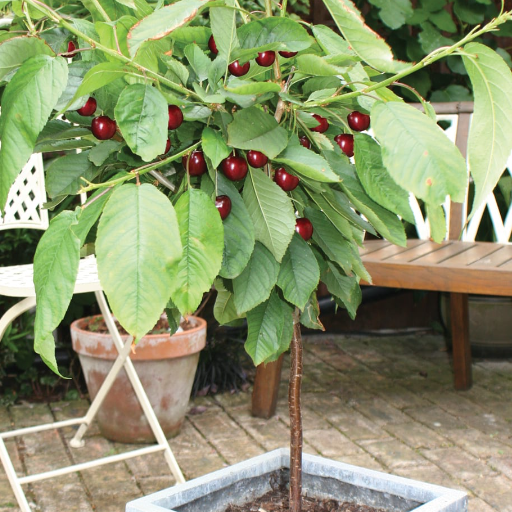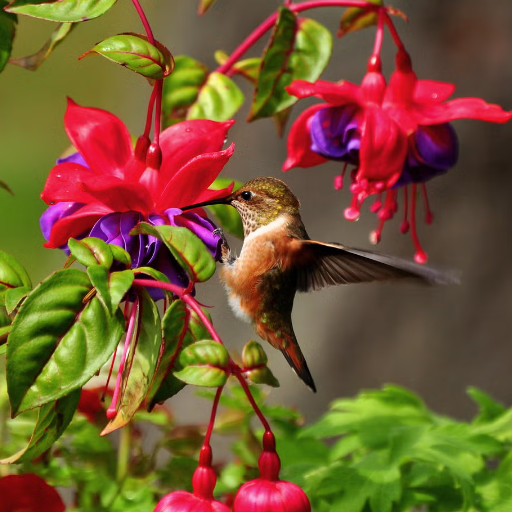Container vegetable gardening has become an increasingly fashionable gardening technique for those who have limited space or urban settings are factors. With gardening in containers, offering convenience and flexibility, however, not all vegetables are good candidates for the system. Restrictive spaces hinder vegetables having large root systems, specific requirements, or unusually high food needs from growing well. The blog will describe the nine vegetables never grow in containers so that you won’t fall into any common pitfalls and it really helps to garner the best results out of your cultivation efforts. By recognizing these limiting factors, you are well placed to choose the right plants that will effectively flourish in the containerized setup.
Understanding Container Gardening
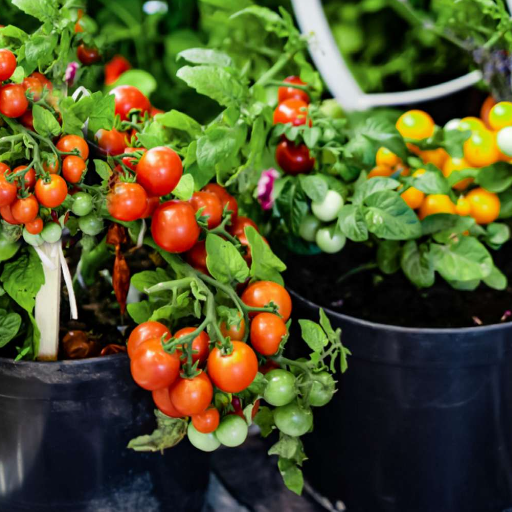
Container gardening can be a space-efficient and highly versatile method of growing plants, but there are considerations specific to it. Choosing appropriate containers for your crops is imperative; containers should have proper drainage holes that allow excess water to escape without retaining water in the bottom of the pot. The potting mix ought to be of good quality; never use garden soil as it will be heavy and drain slowly, and will lack the very basic nutrients in adequate quantity. Since containers tend to dry out much more quickly than garden beds, it is advisable to water and fertilize plants regularly to ensure optimal health. Again, consider each plant’s spatial requirements; container overcrowding would mean compromised establishment. Although many crops thrive in containers, knowing the needs of whatever you plan to grow is crucial for the realization of your container garden.
Benefits of Growing Vegetables in Pots
Growing vegetables in pots has been an enjoyable and satisfying experience for me, due to the convenience and versatility it affords. Some of the greatest advantages include the ability to garden anywhere, be it on the balcony, or down on the patio, or indoors. Container gardening enables control of soil composition, conditions best suited for individual plants, etc. Controlling pests and diseases is often more straightforward here since the environment for the plants can be controlled. Finally, nothing beats the feeling of stepping out into the garden to pluck fresh, healthy vegetables from your very own container gardens, and this is particularly rewarding in limited-space situations. The flexibility and accessibility that container vegetable gardening offers have made it the perfect choice for beginners as well as seasoned gardeners.
Challenges of Container Gardening
Despite all its advantages, container gardening comes with its own set of challenges. Water-holding could sometimes cause problems because containers dry out much faster than garden soil and therefore require constant attention to maintain the required moist level. Nutrient deficiency can also be a problem since nutrients get used up quickly and need to be replaced regularly through alternative means. The main issue next has to do with an insufficient amount of space provided to the roots of the plants since this space limits their growth. Another challenge is the composition of soil used for planting; soil that lacks good drainage will result in compaction, hindering the growth of the plants. Temperature fluctuations have their effects on plants too, which are more evident when plants are grown in pots due to their higher exposure to extreme temperature changes on the surface. Though many challenges face container-gardening, with proper planning and care, one can outlive these hindrances and witness his or her container garden thrive.
Choosing the Right Container for Your Vegetables
While choosing the right container for your vegetables, I focus on its size, material, and drainage quality. I want to be sure that the container is large enough to accommodate the root system of the plants I am growing, as cramped roots can hinder their development. I prefer materials like terracotta, another method of plastic, or fabric pots, depending upon the vegetable’s needs and local climate, striking a balance between durability and insulation. Drainage is also a critical factor, so I always make sure that the container has adequate holes in the bottom to avoid waterlogging, yet retain moisture sufficiently to prevent drying out too fast. Since I am considering all these factors, I feel confident in providing the best growing environment for my vegetables.
9 Vegetables Never Grow in Containers
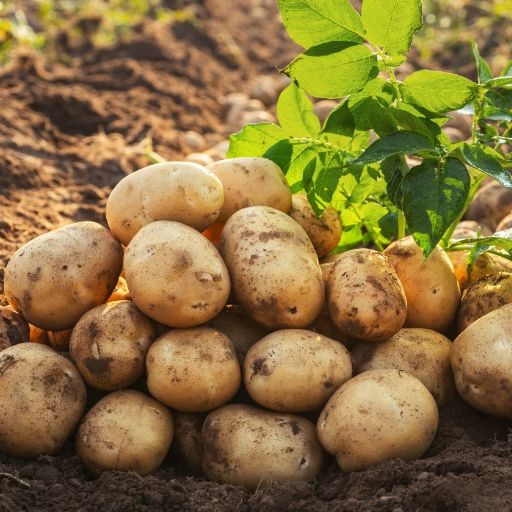
- Corn – Corn needs space to grow properly; it needs room for pollination and roots to spread. Usually, a container cannot provide such conditions under which the corn can grow.
- Butternut Squash – Confined space cannot support this plant’s sprawling vines and bulky produce.
- Pumpkins – Much like a butternut squash, the large space is needed by pumpkins to develop their long vines and big fruits.
- Watermelon – Watermelon needs a lot of soil and space for its roots and vines, which is opposite to container gardening.
- Potatoes (Large Quantities) – Large volumes of potatoes grown in containers pose more difficulty than a small harvest can be managed.
- Sweet Potatoes – Similar to regular potatoes, sweet potatoes need a large area for their roots to grow completely, which is mostly not possible in containers.
- Cabbage – Cabbage needs lots of space for tightly packed heads, much more than can be offered in typical containers.
- Cauliflower- Cauliflower requires quite a bit of room and is quite demanding for cultivation, making it hard to successfully grow it in containers.
- Okra – Okra might very well grow in containers, but quite often it requires a consistent supply of space, soil, and heat that can be difficult to maintain and guarantee in an adequate manner.
These vegetables never grow in containers generally perform well on regular garden beds where plenty of space and resources are available.
Why Certain Vegetables Struggle in Containers
In my experience, certain vegetables are challenged when grown in containers mainly due to their space and nutrient requirements. For example, plants such as cauliflower, cabbage, and Brussels sprouts require ample room for their root system to develop and for the plants to reach full maturity. When not available, those plants become stunted, reducing their overall yield and quality. Similarly, long-term crops such as asparagus and rhubarb are no match for container gardening because they require deep, stable soil to set in over a period of years. Containers simply cannot simulate those settings and thereby limit their success. Making sure that vegetables are matched for specific features of container gardening will produce more and healthier plants.
Tomato: The Container Conundrum
The variety choice is stressed in my experience because it is vital the type selected be determinate or dwarf-type for limited spaces. Containers should not be smaller than 5 gallons in size for plenty of root development, rich well-draining soil, and ample watering to avoid issues like blossom-end rot, in my opinion. Also, staking or caging at an early stage in growth helps with the healthy development of the fruit. There is more detail involved, but yes, tomatoes can be successfully grown in containers with some foresight and commitment.
Carrot: Deep Roots and Shallow Pots
Growing carrots in containers could be rewarding and surprisingly easy when one knows the factors involved in their unique needs. Carrots need loose and well-draining soil; the depth of the container is very important because their roots can extend far. I would suggest pots at least 12 inches deep to accommodate their growth. A sandy or loamy soil mixture would prevent compaction so that the roots can grow straight and smooth. The good environment is further ensured by loosening the soil gently shortly before sowing seeds and keeping it moist all the time, except when waterlogged. Thinning after the seedlings have sprouted to the correct spacing is the other key as well. With all these in check, growing carrots in shallow places like pots will surely be just as successful as planting on a garden bed.
Other Vegetables That Don’t Thrive in Containers
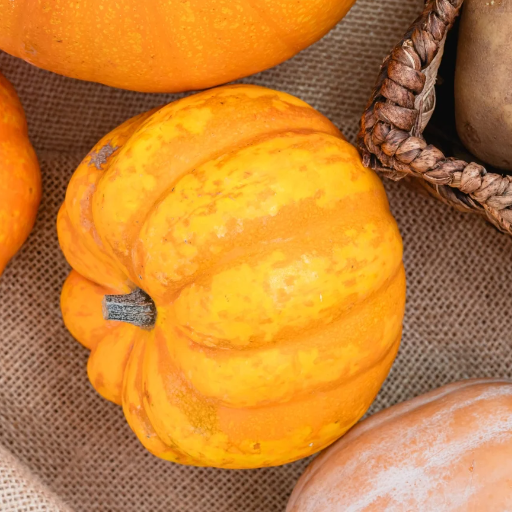
In general, these vegetables do not do well in containers because they have a very deep root system. The plant requires root space to expand and absorb nutrients. However, containers offer very limited space, and this cannot be simulated. Besides, plants like corn require a lot of vertical and lateral room to stretch. Squash, on the other hand, are heavy feeders, and their nourishment is required in steady supplies, which is quickly depleted in a container. Container gardening is versatile but if one intends to grow crops better suited for limited space, plant accordingly.
Squash: Sprawling Nature vs. Limited Space
Squash plants are rather tricky to grow inside containers, due to their sprawling nature coupled with their high nutrient requirements. In my experience, limited container space will almost never allow these babies to spread out and develop fully, and therefore their growth is much less vigorous. More so, given their heavy feeding nature, fertilization has to be poured repeatedly on these plants if grown in a container to replenish all the nutrients that the potting mix has lost within a very short time. It would be possible to keep the squash in containers if they were planned well, using compact varieties or by trellising to control their growth-but more often than not, it would be easier to just set this aside in the garden where they can grow without limitations.
Pumpkin: Space Requirements for Growth
In the production of pumpkins, space comes first factor to consider. Based on my experience and the information available from credible sources, pumpkins do well when they are given lots of room to sprawl. Usually, specially adapted varieties of pumpkins will allow vines to stretch to 20 feet in length, and so you want to provide an area of at least 50-100 square feet for each plant. Planting compact or bush varieties when space is limited will be a great alternative. Trellising smaller varieties vertically saves a lot of ground space and will allow them to continue growing well without obstruction and adequate airflow. Never allow them to get overcrowded as this will encourage the spread of pests and diseases. With each other, they should be spaced 4 to 5 feet apart and planted in well-draining soil that will receive plenty of sunlight.
Best Practices for Container Gardening
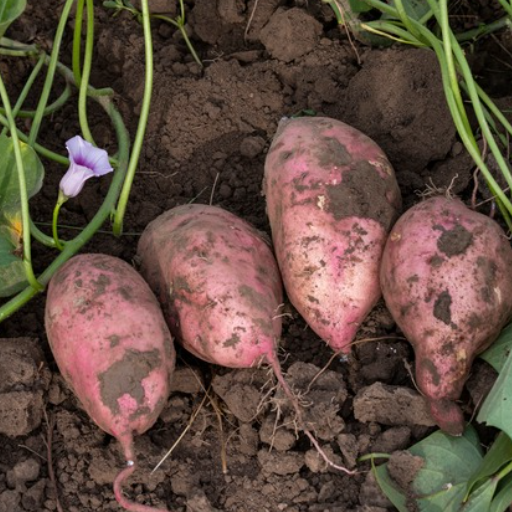
Containers and container gardens seem just the thing for limited spaces, also offering maximum mobility in design. To place container gardens, you want to make sure the container has good drainage because standing water will rot the roots. Use good potting soil that holds moisture: it has to supply nutrients. When a container garden is installed, watering it becomes important because containers dry out faster than in-ground gardens; but be careful not to overwater. By selecting climate- and container-size-appropriate plants and placing them where they will receive the proper amount of sunlight, you could begin your container garden. Have a check for pests from time to time and prune the plants whenever they need it so that they can grow healthy and give maximum yield.
Selecting Vegetables That Thrive in Pots
For container gardens, I usually look for compact or dwarf varieties that naturally lend themselves to a smaller space. In pots, cherry tomatoes, bush beans, and leafy greens like lettuce and spinach prosper because of their common-sized stature and adaptability. I would also take into consideration the depth of a container as root vegetables like carrots or radishes need adequate space to develop. Finally, I ensure the plants I pick align with the sunlight available on my balcony or patio. Some, like peppers, have to be full sun, while others like kale can take partial shade. By considering all these factors in my choices, I highly contribute to the success of my container garden.
Optimal Soil and Care for Container Vegetables
High-quality potting soil mixed with compost for drainage and nutrients will always be my first choice for container gardening. Garden soil is to be avoided since it tends to compact in containers and may harbor pests or diseases. Water consistently to keep the soil moist-but not waterproof-with fertilizing done regularly with a balanced water-soluble fertilizer as per label instructions. I continue monitoring for pests and remove any dead leaves to promote healthy growth. By placing in these, my container vegetables prosper and bear abundantly.
Designing a Successful Vegetable Container Garden
Now, when I look at designing garden compartments for vegetable plants, I first consider the space that is present and how much sun it gets during the entire day. I take my containers so that they are perfectly right for the plant and ensure that there is enough room for root growth. To decide on the best kind of soil, I settle on a high-quality potting mix since it is light in weight and filled with essential nutrients. Each container is given drainage holes in the best manner possible. I do proper research regarding each vegetable before planting with regard to their respective spacing requirements, watering, and light. It is this principle that makes my garden efficient and productive, and it fits the environment very well.
Reference Sources
-
Martha Stewart: “9 Vegetables You Should Never Grow in Containers” – This article lists vegetables like pumpkins, corn, and carrots that are challenging to grow in containers due to their specific growth requirements.
-
Southern Living: “6 Vegetables You Should Never Grow In A Container” – This source highlights vegetables such as asparagus, corn, and winter squash that are not ideal for container gardening.
-
Farm and Dairy: “How to avoid common problems growing vegetables in containers” – This article discusses common challenges in container gardening, including selecting the right vegetables and container sizes.
Frequently Asked Questions (FAQs)
Can tomato plants thrive in a container garden?
Yes, tomato plants can thrive in a container garden if given the right conditions. Many gardeners prefer using large containers, as they offer enough space for the roots to expand. It’s essential to use quality soil in containers and ensure they have adequate drainage. Tomato plants also need a lot of water, especially during the hot months, so regular watering is crucial. When planted in the ground, tomatoes may grow larger, but container gardening allows for flexibility and easier management of pests and diseases.
What vegetables can be grown in small pots?
Many vegetables can be grown in small pots, including salad greens, radishes, and even some herbs. While larger plants like zucchini and tomatoes prefer larger containers, many gardeners find success with smaller, more compact varieties. Growing vegetables in small pots is a fantastic way to utilize limited space and can lead to a productive vegetable garden. Just ensure that the pot is not too small, as this can restrict growth and affect the health of the plants. With proper care, even small pots can yield a satisfying harvest.
Are carrots difficult to grow in containers?
Carrots can be a bit challenging to grow in containers, but it’s definitely possible. The key is to choose a deep enough container to allow the carrots to develop properly. If the container is too shallow, the roots may become stunted or malformed. Additionally, using loose, well-draining soil in containers helps the carrots grow straight and healthy. Regular watering and attention to sunlight are also important, as carrots prefer a sunny spot. With the right conditions, you can enjoy homegrown carrots from your container garden.
Can squash be successfully grown in pots or containers?
Yes, squash can be successfully grown in pots or containers, but selecting the right variety is essential. While some squash plants grow quite large, compact varieties are better suited for container gardening. A large container will provide enough space for the roots and allow the plant to thrive. Like many vegetables, squash requires plenty of sunlight and consistent watering to produce a good yield. It’s also helpful to provide a small trellis for vining varieties, which can help save space in your garden.
Is it possible to grow melons in a container garden?
Growing melons in a container garden is possible, but it requires careful planning. Melons need a lot of space to spread out, so choosing a large container is crucial. Many gardeners opt for varieties that are bred for container gardening, as they tend to be more manageable. Ensuring the soil in containers is rich and well-drained will help the melons flourish. Additionally, melons require consistent watering and plenty of sunlight to produce sweet, juicy fruit. With the right care, you can enjoy fresh melons from your container garden.
What are the best practices for growing a vegetable container garden?
The best practices for growing a vegetable container garden include choosing the right containers, using high-quality soil, and selecting suitable vegetables. Containers should have adequate drainage holes to prevent water logging. Many vegetables can be grown successfully in containers, including tomatoes, peppers, and herbs. Regular watering is essential, as container plants may dry out faster than those planted in the ground. Fertilizing your plants with products like Miracle Grow can also enhance growth and yield. Lastly, ensure your container garden receives plenty of sunlight for optimal growth.




